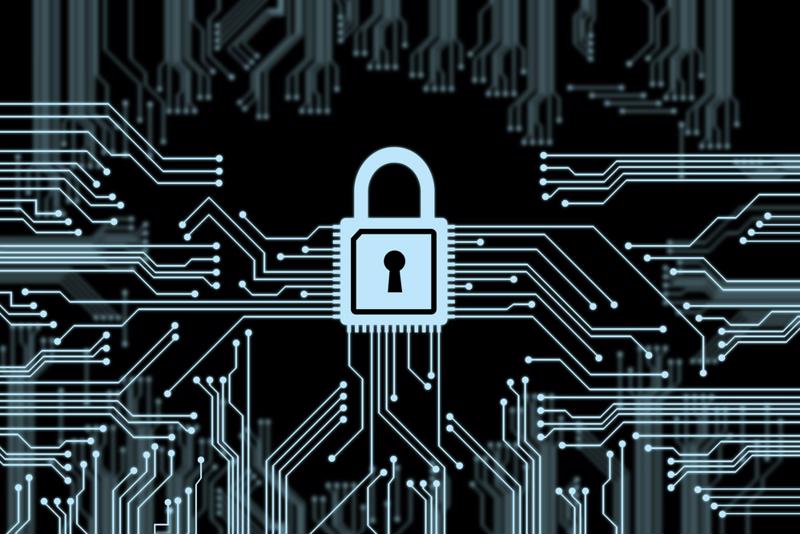 Securing M2M solutions is a must.
Securing M2M solutions is a must.In case you haven't heard, there's this huge trend known as the Internet of Things, and organizations are trying to figure out how they can use the technology as a competitive advantage.
The need for a centralized platform
Not familiar with the IoT? The phrase describes a trend that involves billions of smart devices connecting to the Internet for the purpose of communicating with one another. Distributed big data analysis, centralized factory resource management and the smart grid are just three technologies associated with the IoT.
"Smart devices require platforms that enable them to deliver information to one another and share computing power to run complex applications."
Without getting caught up in the possibilities, let's get right down to business: Smart devices require platforms that enable them to deliver information to one another and share computing power to run complex applications. These solutions are known as machine-to-machine (M2M) platforms. In addition, these environments must enable personnel to manage and secure these devices from central locations.
The nature of these platforms brings up two important questions:
1. System integration
If the platform through which smart devices are communicating is unable to deliver information to existing databases (both relational and non-relational), in-house IT teams will have to manage two or more systems separately. Why is this segregation such a problem?
Think of it from the perspective of Kim, a hypothetical data scientist working at a fictional green energy production company. Kim wants to compare wind turbine electricity generation data (which was recorded and analyzed by smart devices) with regional weather information provided by the U.S. National Weather Service. If Kim has to analyze the data within the M2M platform separately from the NWS' information, she must undergo several steps to correlate turbine data with weather information.
Above all, an absence of system integration creates operational disparities, creating unnecessary barriers that prevent an organization from functioning as a cohesive unit.
2. Security
Oracle conducted a survey consisting of 20 in-depth interviews with chief executives working at companies specializing in M2M solutions. Of those C-suite leaders, 60 percent asserted that ensuring end-to-end security across M2M platforms was a top priority. This isn't surprising, considering the possibilities of a cybercriminal gaining access to such an environment.
Consider the wind turbine example cited earlier. The M2M platform ultimately manages the operability of an entire wind farm. If a hacker managed to infiltrate that M2M solution, it's possible that he or she could shut down the turbines, effectively costing the energy provider hundreds of millions of dollars, depending on the scale of the operation.
 Securing M2M solutions is a must.
Securing M2M solutions is a must.
3. Scalability
Whether it involves installing new devices or simply handling more data, M2M platforms must be able to expand and contract based on the assets they're supporting. Jim Morrish, director and founder of Machina Research and contributor to the Bosch ConnectedWorld Blog, maintained the importance of building an M2M solution that can access computing, storage and networking resources based on the needs of the devices connected to them.
Morrish also noted that the underlying code within an M2M solution must be highly efficient in order to sanction scalable functions. If algorithms in charge of event management are unwieldy or complex, it can cause the devices to accidentally perform tasks that may not be applicable to the needs of an entire operation.